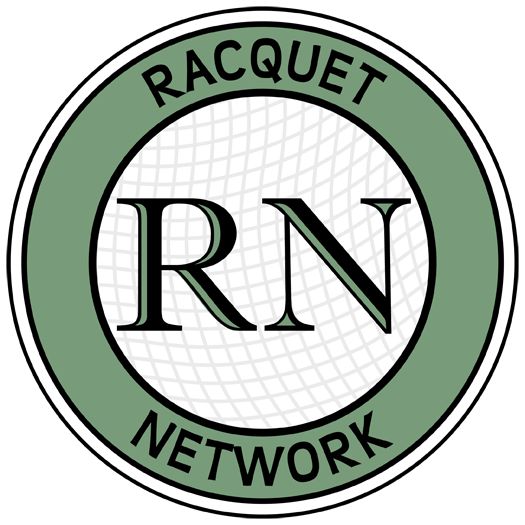Every racquet sports club in the world can be arranged on a business spectrum. On the right side of the spectrum are clubs that are businesslike. The more businesslike the club, the further right on the spectrum they fall. On the left side of the spectrum are, for lack of a better word, unbusinesslike clubs. The more unbusinesslike they are the further to the left on the spectrum they fall.
Clubs on the right side of spectrum are business-like in their approach. Their facility is managed so as to turn a profit and generate a return for the club’s owners. Clubs on the left side of the spectrum are just the opposite. Their approach is not businesslike in the least. On the far left side of the spectrum, generating a return on investment for the owners is not even a consideration.
Most clubs fall somewhere in the middle. The vast majority of non-profit clubs skew heavily to the left side of the spectrum as do the most of the privately owned clubs. Only a tiny sliver of privately owned clubs, in my experience, actually fall on the right side of the spectrum and almost none are found on the far right.
Non-profit clubs generally don’t have to turn a profit. In most cases, they are part of a larger non-profit facility that can go to one level of government or another for more money when they need it. If you examine their income statements, you will see that without government subsidies they operate at a loss every year. If you look at their personnel files, you will see that nobody is accountable for these losses and nobody ever loses their job when income fails to exceed expenses. As long as the members are happy, managers in these facilities tend to keep their jobs.
One would expect for-profit clubs to be the opposite. Since they are businesses, one would expect that losing money would lead to immediate consequences for management. However, this is not always the case. Many racquet sports clubs are divisions within larger businesses and are not expected to be profitable. Some health clubs with squash courts in downtown Calgary, for example, are provided as a service to tenants. These clubs are not expected to turn a profit. Their job is to stay open and minimize losses in order to support higher rents in the office towers above.
If you look at the income statements for these clubs, you will see something very similar to the income statements of the non-profit clubs. They lose money every year but they continue to operate because somebody — in this case the landlord — makes up the shortfall. And again, as with non-profit clubs, nobody loses their job when a loss is incurred because the people in control do not expect the facility to turn a profit. While these clubs are generally considered to be for-profit clubs, they really fall into an in between category I call not-for-profit and they tend to fall in the middle of the spectrum.
Pure for-profit business models in racquet sports are exceedingly rare. Rarely do you find a club that is run with the specific goal of turning a profit for shareholders. Most of the clubs in this group come into being when a racquet sport is peaking, when there are more players than the non-profit and not-for-profit facilities can serve. Think of tennis in the 70s, squash in the 80s, racquetball in the 90s or pickleball right now. At their peaks, each of these sports was able to support genuine for-profit racquet sports facilities. Outside of the boom years, they were not.
Outside of these peaks, there just aren’t enough customers to support clubs that need to turn a profit. As a result, owners with money to invest tend to take their money elsewhere. And who can blame them? If you need/want to make a return on your investment, it makes no sense to compete for customers against non-profits and not-for-profits who will always be able to operate at a loss and therefore will always be able to charge lower prices or offer higher levels of service than for-profits.
From time to time, a group of players from the non-profit and/or not-for-profit world will get together and try to open a new for-profit facility. Usually, this group of men (and they are almost exclusively men) will find an investor (often a landlord) and generate a great deal of excitement as they work toward the goal of opening a new facility. More than half of the time, this group will fall short of their goal immediately after the would-be investor does his due diligence and realizes that there aren’t enough players in the non- and not-for- communities willing to pay enough to make his proposed new facility profitable.
Sometimes, though, the investor fails to understand this or fails to believe the numbers and the new facility opens anyways. In most cases, these facilities limp along for a few short years before failure. In a few, they limp along for a few more years as somebody pours money into them. But eventually, the vast majority close forever and somebody learns an expensive lesson about the business of racquet sports.
What is this lesson? It is this … When every competitor in your category falls to the left of you on the businesslike spectrum and when those business are not required to be profitable, invest your money elsewhere. No matter what you do, you will not be able to overcome their competitive advantage. Therefore you will not be able to make a profit that justifies the risk of the investment, which is precisely why more racquet sports facilities are closing than are opening.
